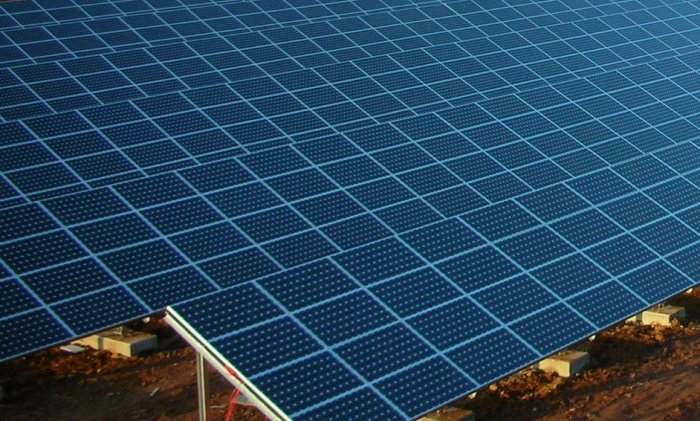
Solar farm image: junilly, CC BY 3.0
The Palaszczuk Government says its Renewables 400 initiative will support companies wanting to build large scale renewables and energy storage projects in the state through a reverse auction process.
Part of the Powering Queensland Plan, a reverse auction will soon be conducted for up to 400 megawatts capacity, including 100 megawatts of energy storage.
“Energy storage will play an important role in the transition to higher levels of renewable energy and this process will support the accelerated deployment of this important technology,” said Premier Annastacia Palaszczuk.
The Government is now calling for registrations of interest from developers of standalone renewable energy or storage and integrated projects. Companies wanting to be included when the auction process kicks off must register before 5pm on August 28.
The Premier said Renewables 400 was a natural follow on from the Solar 150 program; which, in collaboration with the Australian Renewable Energy Agency (ARENA), has helped fund four large-scale solar projects in the state that have commenced construction or are about to.
How will the reverse auction work?
In a normal auction (forward auction), buyers compete with each other, which often results in prices being pushed higher. In a reverse auction, sellers compete for a project, putting downwards pressure on pricing and/or offering better value for money. The use of reverse auctions in the renewable energy sector was pioneered in the ACT; which set an example other states and countries have followed.
In the Renewables 400 auction, companies will be encouraged to bid the lowest electricity price needed to support their project.
“Successful bidders will be awarded financial contracts with the Government for some or all of the electricity they generate, which will provide them with long-term certainty allowing them to secure the financing required to deliver their project,” said Treasurer and Acting Energy Minister Curtis Pitt.
Another important aspect of bid evaluation will be the potential for support of local businesses and job creation.
The Powering Queensland Plan (PQP), announced in June, is a $1.16 billion strategy that the Government says will stabilise electricity costs, create jobs, stimulate investment and lead the transition to Queensland’s clean energy future.
The Queensland Government has committed to achieving a 50 per cent renewable energy target by 2030 and one million rooftops with solar power systems or 3,000 megawatts of solar PV across the state by 2020.

 RSS - Posts
RSS - Posts



Speak Your Mind